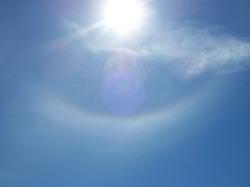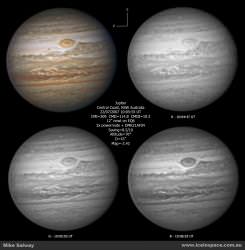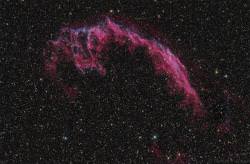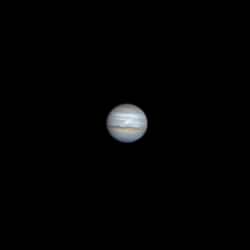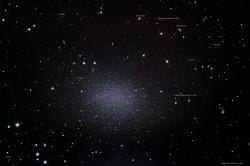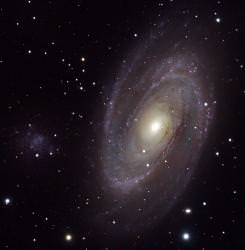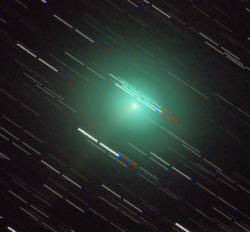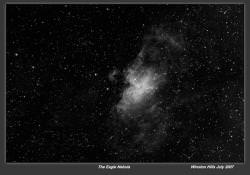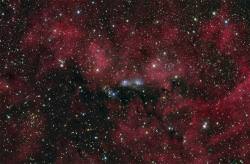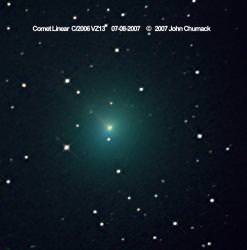Today’s astrophoto was taken by Nowhere Man. It’s a nearly complete ring around the Sun, but he doesn’t actually know what it is. Do you?
Don’t look now, but the Sun is trying to kill you! According to Daily Galaxy, the Sun might be an invisible killer.
Wouldn’t it be great if you could just beam energy, from space to your car? A Babe in the Universe has the details.
Here’s a cool blog from Space Shuttle technician . She’s crazy for birds, so her blog is called For the Birds.
Here’s a new blog I haven’t linked to yet. It’s called “Listen to Frank”. This post suggests why humans need
to start setting up extraterrestrial colonies, pronto.
Pamela has outdone herself this time. She’s gone to great detail to explain all the different kinds of starting telescopes you can get. A telescope for any budget.

